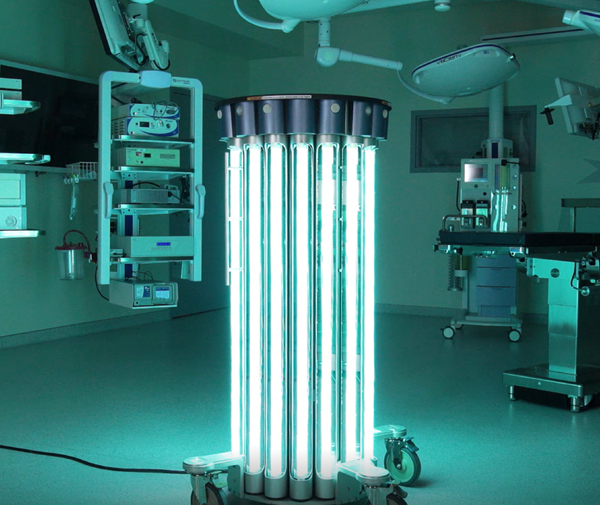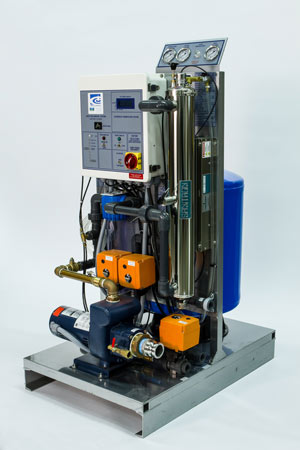


For certain enteric pathogens, such as norovirus and enterohemorrhagic Escherichia coli (EHEC) in which low doses (10 9 viral particles copies per g of feces has been detected in patients infected with norovirus. The risk of infection of microorganisms in toilets is primarily related to infective doses of pathogens. 5 Flushing of toilets generates numerous fine droplets. Toilet plume is a major contributor to the transmission of gastroenteric diseases. However, the toilet and its immediate environment are recognized to be hot-spots of bio-contamination 2, 3 and diverse types of bacteria have been detected in public restrooms. 1 Being an important facility for sanitation, the purpose of a toilet is to provide a sanitation fixture for the storage or disposal of human wastes, including feces and urine, to improve hygienic conditions.

Poor sanitation is one of the leading causative factors of infectious diseases such as cholera, diarrhea, dysentery, hepatitis A, typhoid, and polio. This study calls for effective and urgent design and implementation actions on energy-efficient and safe interventions for airborne and surface-borne transmissions.The study is expected to additionally promote public awareness of the disinfection efficacy of UVC-LED for inactivating fecal pathogens generated by toilet flushing.The findings of this study are useful in developing effective engineering methods for controlling infectious diseases.The approach presented in this study (ie, localized elimination approach) can help improve toilet conditions for healthier indoor air quality.Other than ventilation, there are no proven engineering solutions for minimizing infectious disease transmission in toilets.Collectively, these very promising results showcased that this compact, sustainable, and localized disinfection system has a high potential for the next generation of disinfection devices. Furthermore, the efficacy of the uniform irradiation was nearly twice that of the concentrated irradiation for surface disinfection and 17.70% higher for airborne disinfection, when tested against E coli. It was noticed that disinfection efficacy initially increased with the number of LEDs, but with 8-LEDs, the trend became almost non-obvious for surface disinfection and just marginally increased for airborne disinfection. To determine the arrangement designs of LEDs with the optimum efficacy, two variants of 5-LEDs configurations were additionally considered-uniform and concentrated (2-sided) distributions. Different configurations were tested: 3-LEDs, 5-LEDs (two variants), and 8-LEDs. The system was affixed to the toilet seat, and it was challenged by three bacteria strains. A new disinfection system utilizing UVC-LED irradiation was developed.


 0 kommentar(er)
0 kommentar(er)
